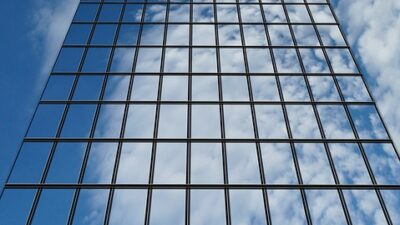Unlocking Creativity: The Role of Mixed Reality in Art and Design
In the ever-evolving landscape of technology, mixed reality (MR) has emerged as a groundbreaking frontier, fundamentally transforming how we perceive and create art and design. By merging the physical and digital worlds, mixed reality opens up a new realm of possibilities for artists and designers, allowing them to explore their creativity in ways that were previously unimaginable.
Understanding Mixed Reality
Mixed reality combines elements of both augmented reality (AR) and virtual reality (VR), enabling users to interact with digital content within the real world. Unlike AR, which overlays digital images onto the physical environment, and VR, which immerses users in a completely virtual world, MR creates a seamless blending of both realms. This versatility makes MR an intriguing medium for artistic expression, offering unique tools for interaction, visualization, and experimentation.
Expanding Creative Boundaries
One of the most significant impacts of mixed reality on art and design is the expansion of creative boundaries. Artists are no longer limited to traditional canvases or mediums; they can create dynamic, immersive experiences that interact with their physical environment. For instance, an artist could project their artwork onto a building’s facade, allowing the audience to walk through and engage with the piece in real-time. This interaction fosters a deeper connection between the artist, the artwork, and the viewer.
Enhanced Collaboration and Accessibility
Mixed reality also encourages collaboration among artists, designers, and technologists. Platforms that support MR often facilitate real-time collaboration, allowing multiple users to co-create in a shared virtual space, regardless of their geographic location. This connectedness can inspire innovative projects and cross-disciplinary work, blending expertise from different fields to create something truly unique.
Moreover, MR technology can democratize the arts, making them more accessible to a broader audience. Virtual installations can be experienced from the comfort of one’s home, breaking down barriers that physical spaces often impose. This accessibility not only broadens audience reach but also invites more diverse voices to participate in the creative dialogue.
Changing the Design Process
In the design realm, mixed reality is revolutionizing how products are conceived, visualized, and prototyped. Designers can use MR to create interactive 3D models of their products, allowing clients and stakeholders to engage with designs in real-time. Instead of static presentations, discussions can revolve around experiences, significantly enhancing the feedback loop.
For example, architects can utilize mixed reality to present their designs within the context of a physical site. Stakeholders can walk through and interact with a virtual replica of a building before it is constructed, enabling them to make informed decisions and adjustments. This practical application not only streamlines the design process but also reduces costs and potential rework down the line.
The Interactive Artist
As artists increasingly adopt mixed reality, they embrace the role of the "interactive artist." This evolution prompts a shift from passive art consumption to active participation. With MR, art becomes a dialogue rather than a monologue. Viewers can influence the artwork, altering it through gestures, voice commands, or touch, thereby reshaping their experience while recontextualizing the relationship between creator and audience.
Artworks that respond to the viewer’s movements or emotional states can provide profound, personalized experiences. This technology not only enhances artistic expression but also prompts critical conversations about agency, participation, and the nature of art itself.
Conclusion: The Future of Mixed Reality in Art and Design
The integration of mixed reality into art and design represents a significant leap forward, unlocking new avenues for creativity, collaboration, and interaction. As technology continues to evolve, artists and designers are empowered to explore their imaginations in innovative ways that challenge traditional norms and perspectives.
In essence, mixed reality is more than just a tool; it’s a catalyst for a revolution in how we create, experience, and understand art and design. The potential for mixed reality is vast and exciting, heralding a future where creativity knows no bounds. As we continue to navigate this transformative journey, the question remains: what new artistic landscapes can we envision, and how will mixed reality help us articulate them? The answers will undoubtedly inspire the next generation of creators and innovators, forever altering the trajectory of the creative world.



